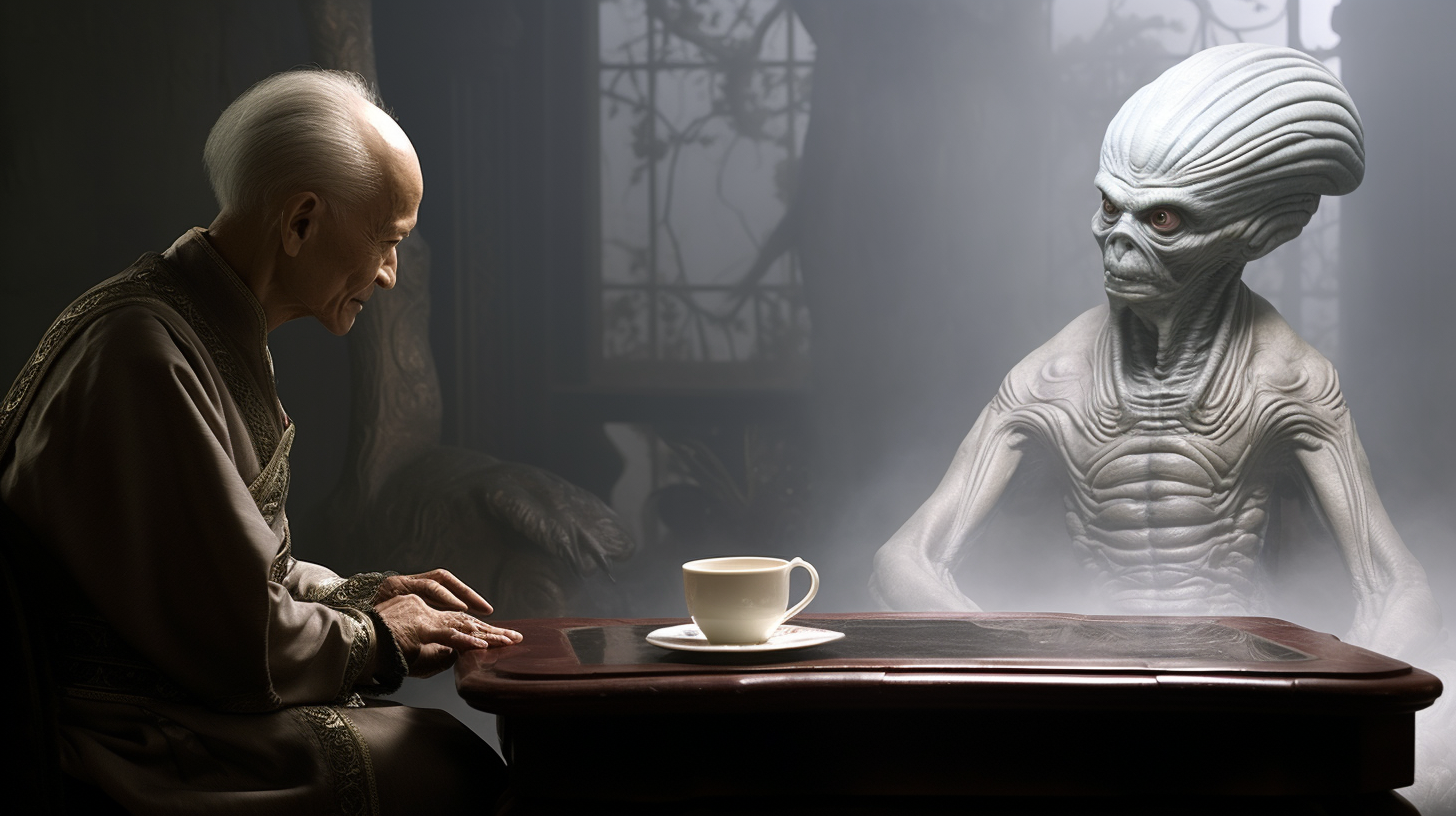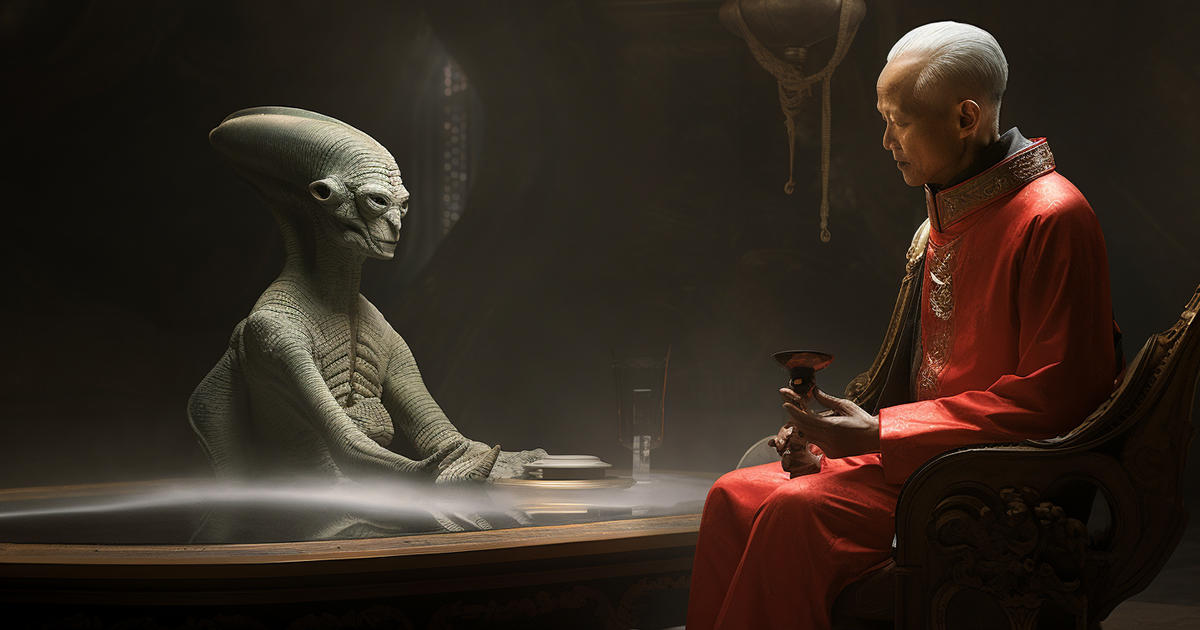China’s rich history is filled with legendary figures and astonishing archaeological discoveries that continue to captivate our imagination. Among these, the Yellow Emperor stands out as a cultural icon and leader believed to have reigned during the 27th century BC. His influence on Chinese culture and civilization is undeniable, with contributions ranging from traditional medicine to architectural innovations.
The Yellow Emperor’s legend is shrouded in mystery, with some researchers suggesting that his otherworldly powers were bestowed upon him by celestial beings. In ancient China, emperors were often referred to as the “Sons of Heaven,” signifying their divine connection and guidance from the heavens. According to legends, the Yellow Emperor descended from the sky to help the people of Earth by imparting scientific knowledge and leadership.

The narrative of the Yellow Emperor’s ascent into the heavens might sound like a UFO encounter to modern ears. Could it be possible that this legendary figure was, in fact, an extraterrestrial being traveling to and from Earth in a spacecraft? Such an interpretation raises intriguing questions about the origins of Chinese civilization.
Another enigma lies in the relics of a long-lost civilization discovered in Guan Han City in 1986. These sacrificial pits contained hundreds of bronze and gold masks, statues, figurines, as well as an array of remarkable artifacts. This mysterious civilization left no written records, human remains, and seemed to have existed for a relatively short period. The peculiar features of the bronze masks found at the site have sparked discussions about whether they depict ancient astronauts who visited Earth in the distant past.
In Shan Shi Province, the Terracotta Warriors, an awe-inspiring army of life-sized clay soldiers, was unearthed in 1974. These intricately crafted sculptures have been buried for over 2,000 years, guarding the tomb of China’s first emperor, Qin Shi Huang. His reign marked significant achievements in unifying China, constructing the Great Wall, and standardizing systems. However, his obsession with immortality led to the construction of a massive underground mausoleum filled with countless treasures.
Within the heart of this underground city lies an unexcavated chamber believed to contain Emperor Qin’s remains. What adds to the intrigue is the presence of high levels of mercury, which some suggest could hint at advanced technology in ancient China.
The mysteries surrounding these historical figures and artifacts invite us to contemplate the possibilities beyond conventional interpretations. While the truth may never fully unravel, the legends and discoveries of ancient China continue to inspire curiosity and wonder, reminding us that history is filled with intriguing stories waiting to be explored.

20 thoughts on “China’s Enigmatic Historical Figures: A Closer Look at the Yellow Emperor and Ancient Artifacts”
Comments are closed.